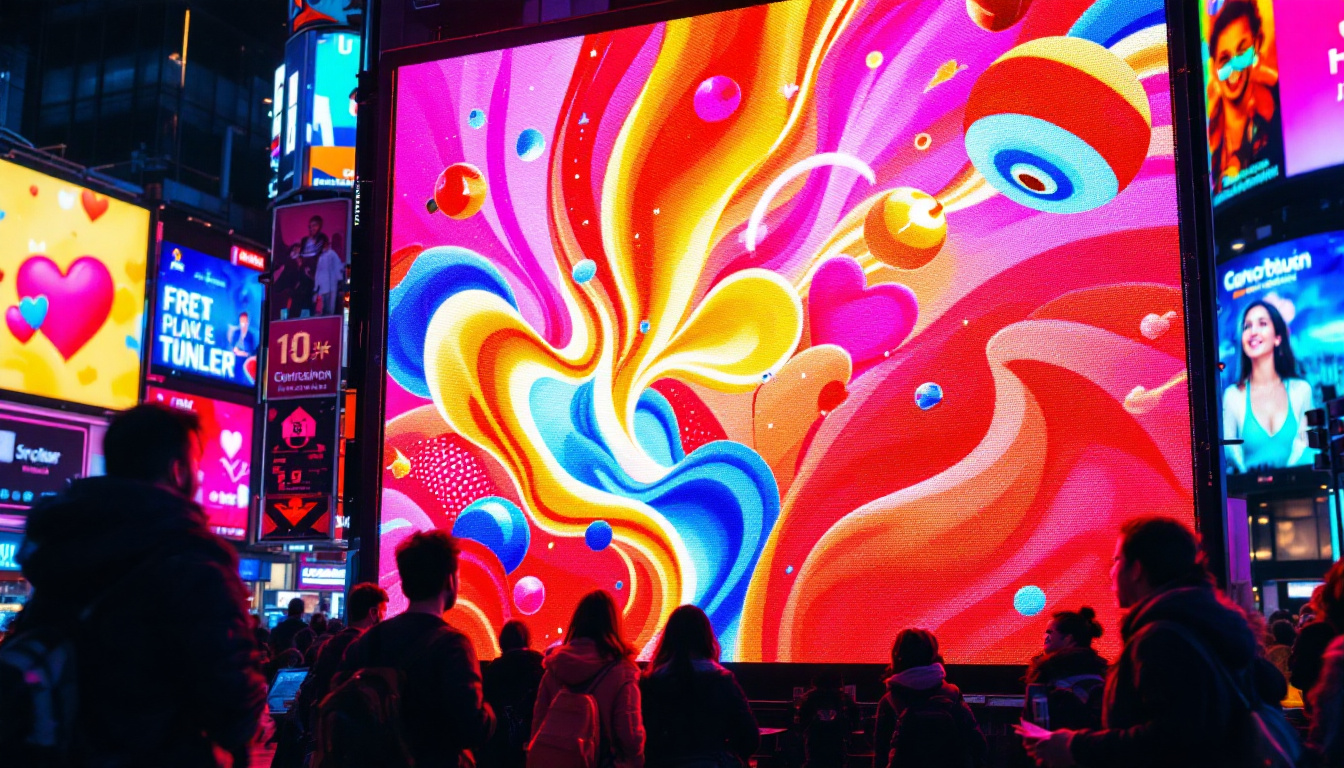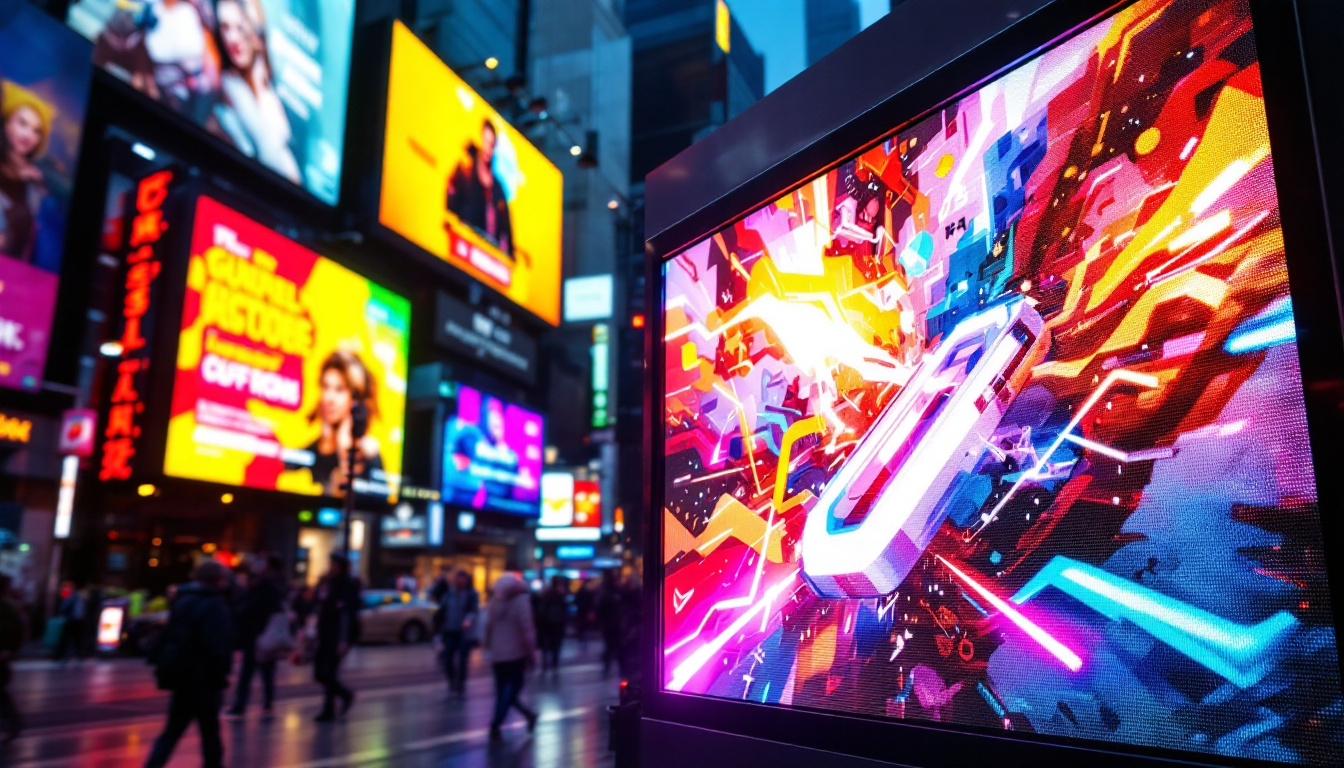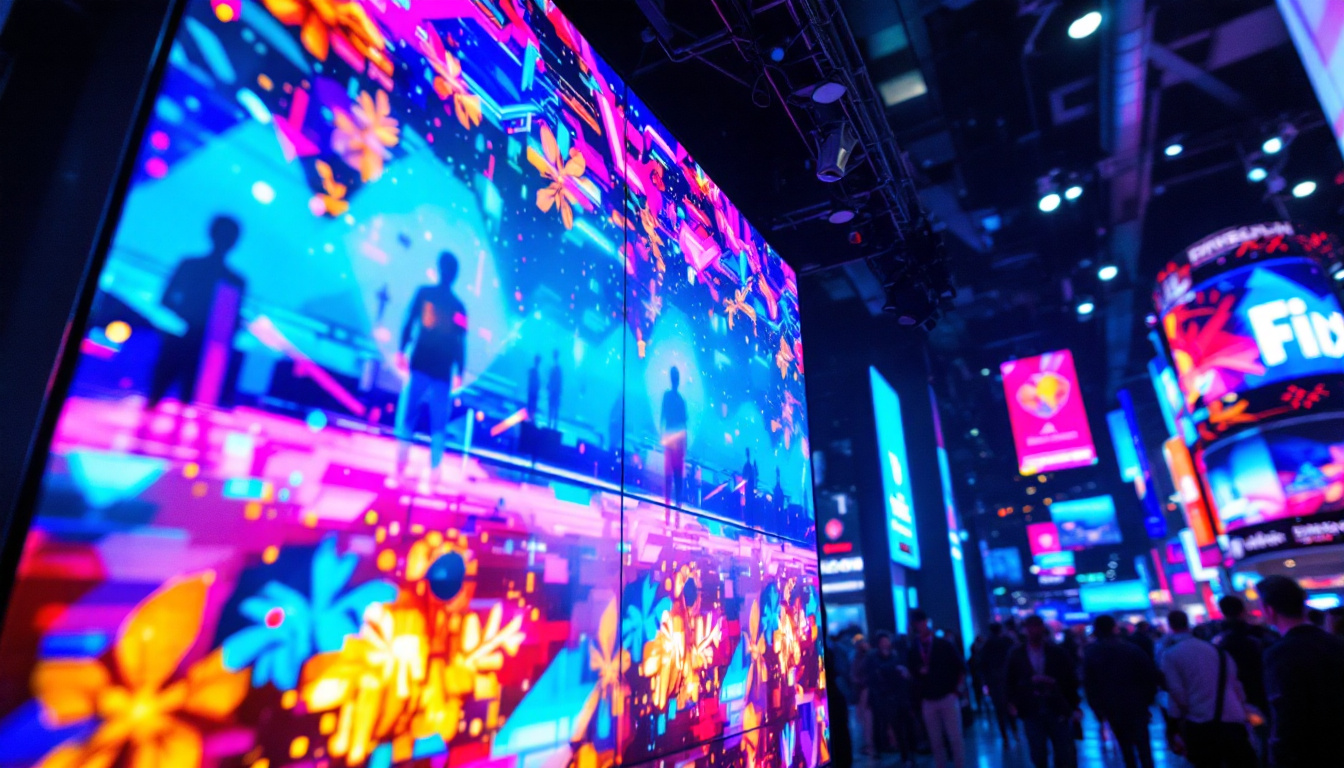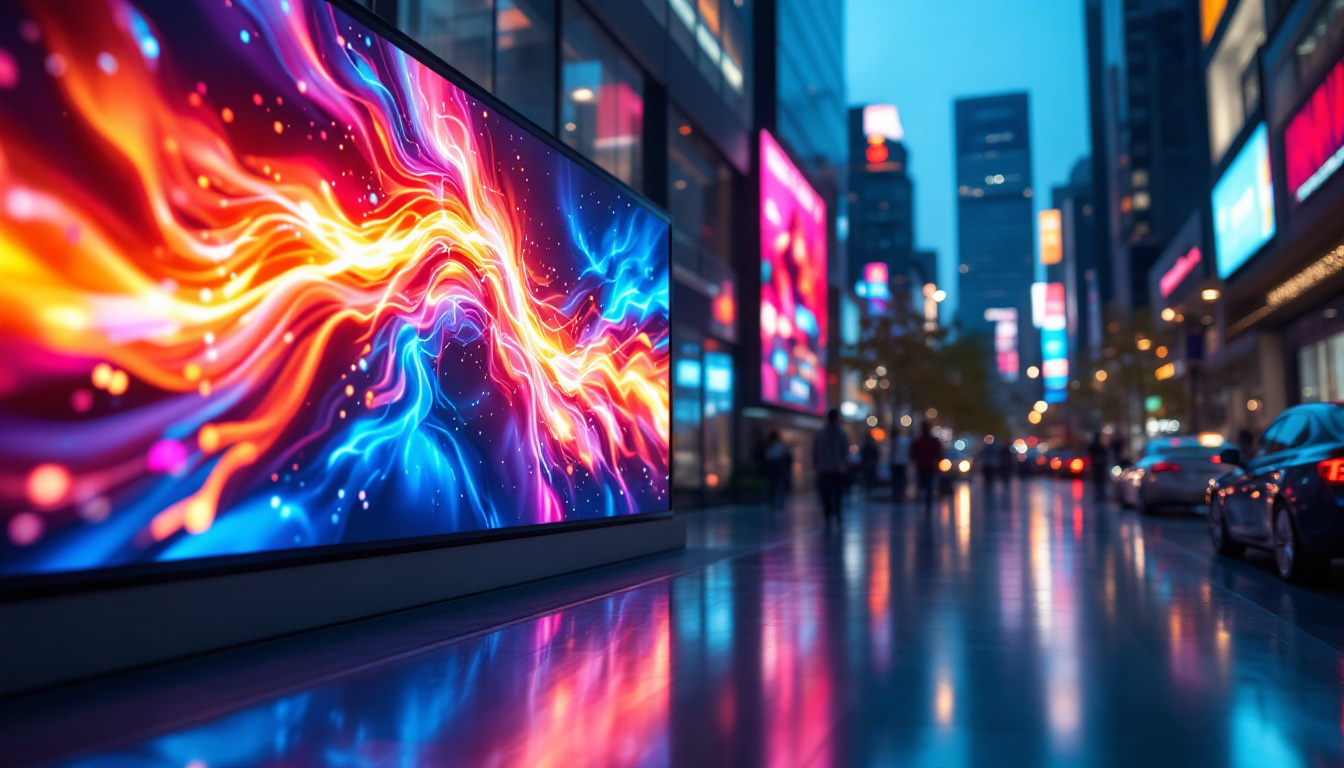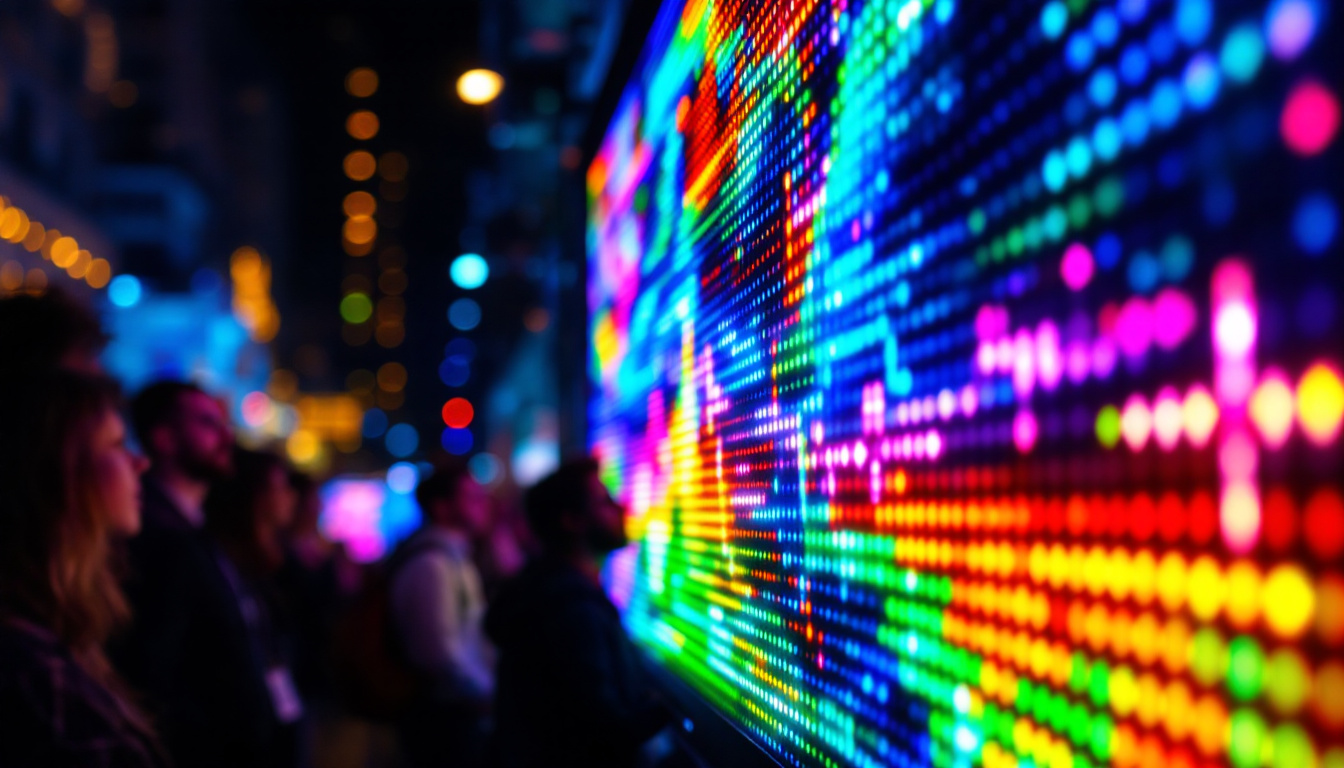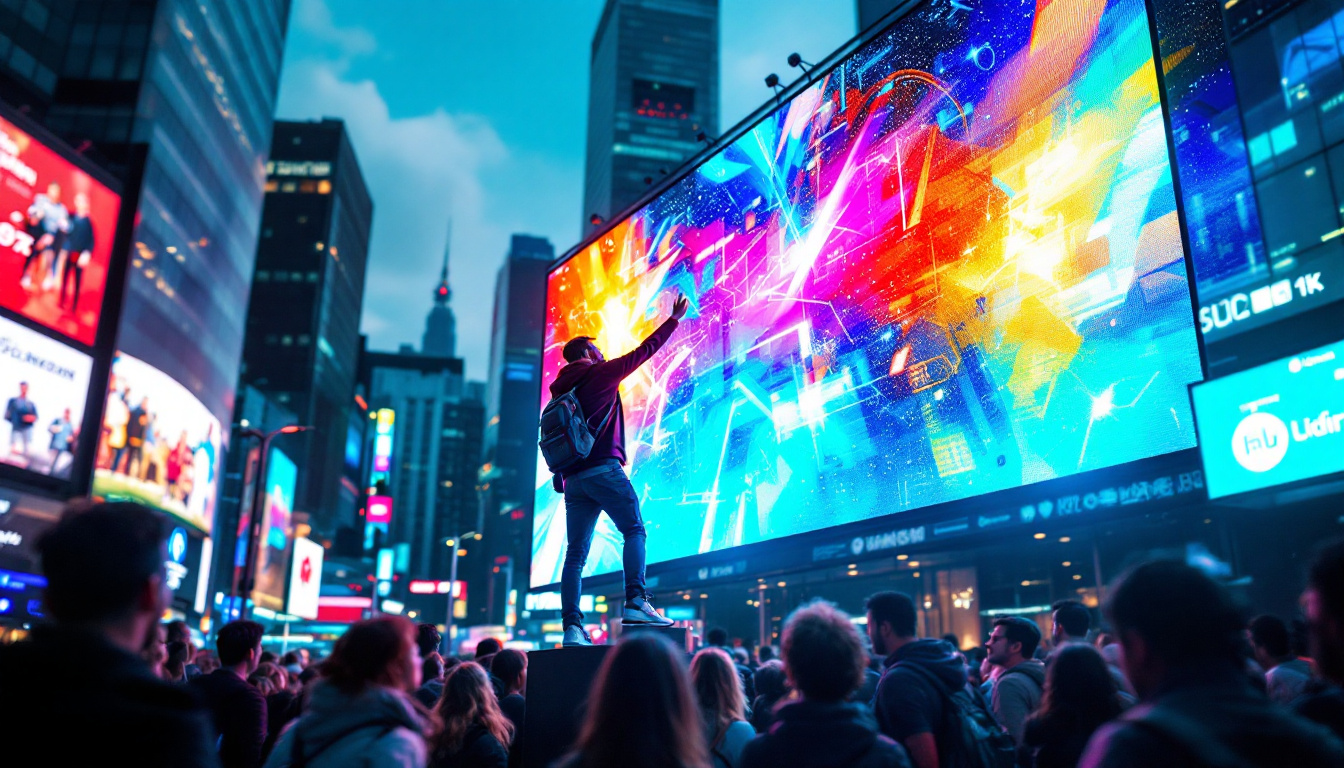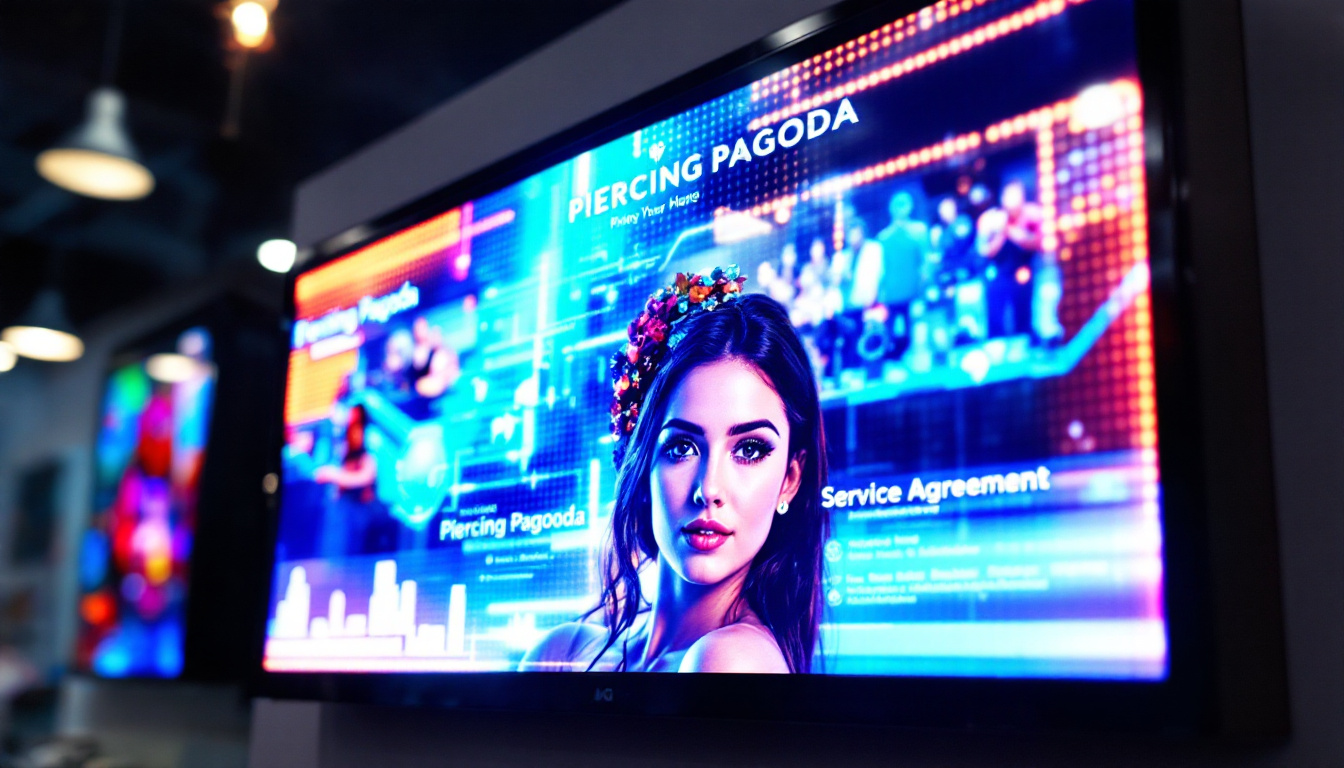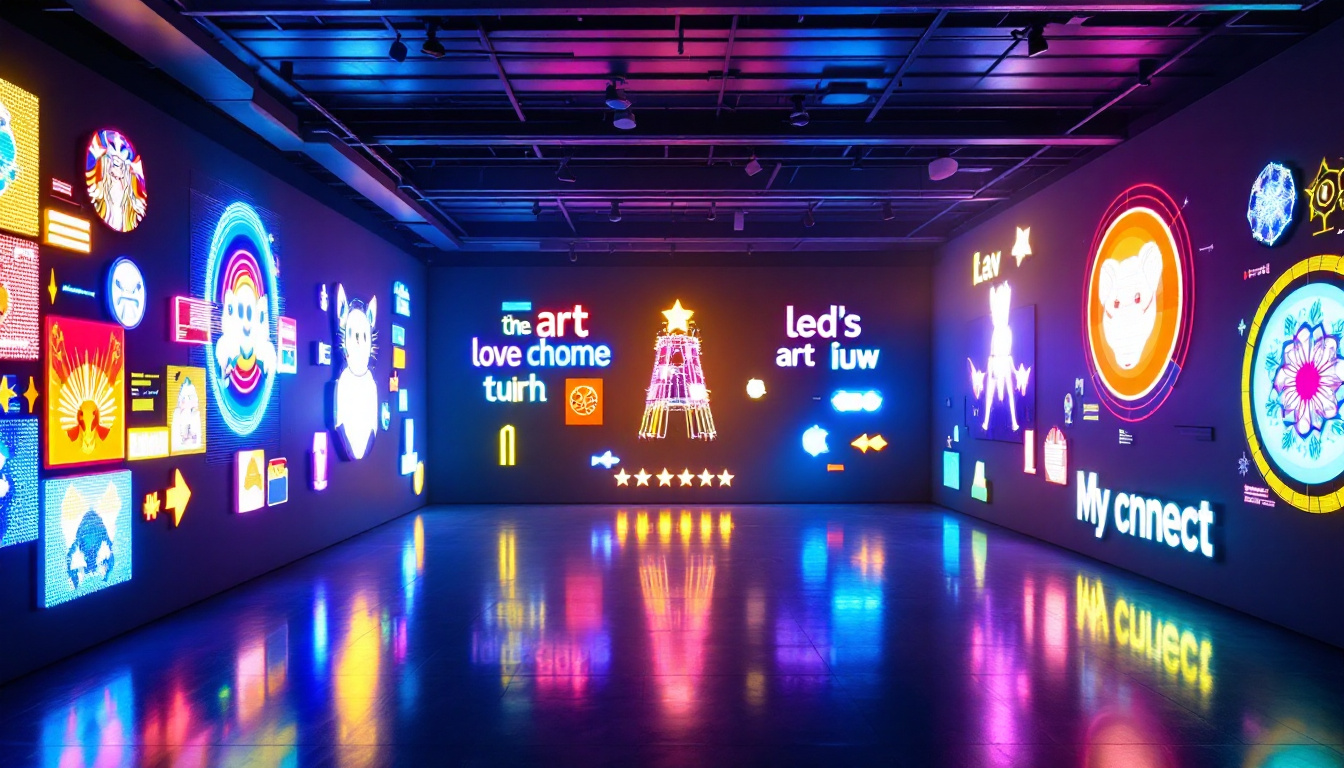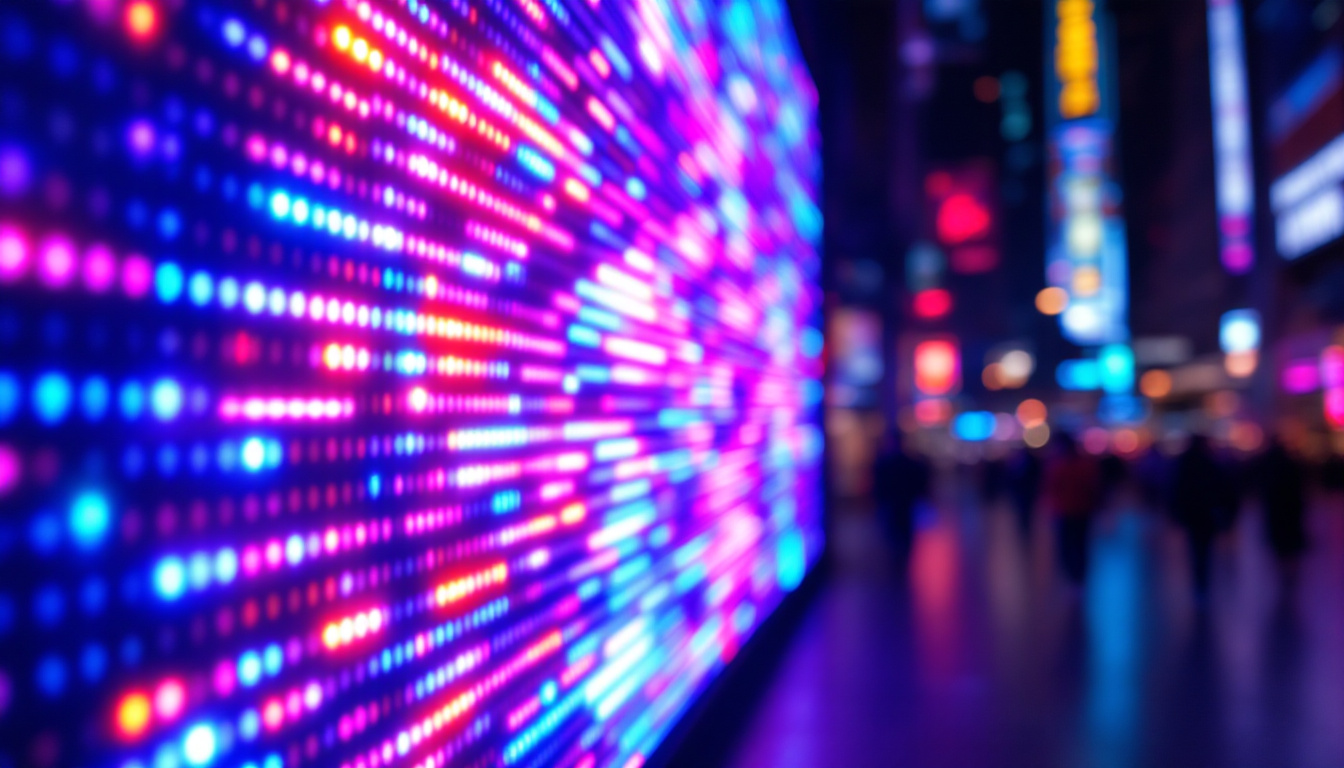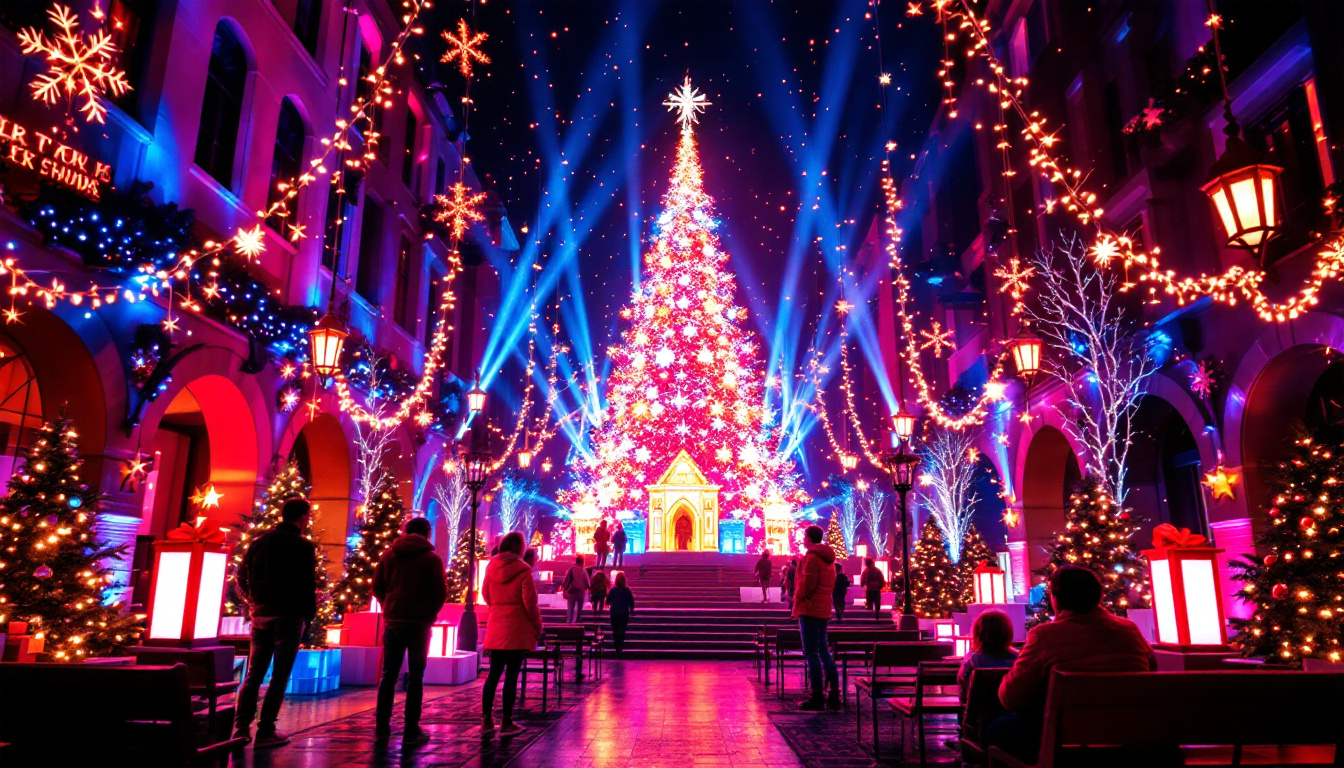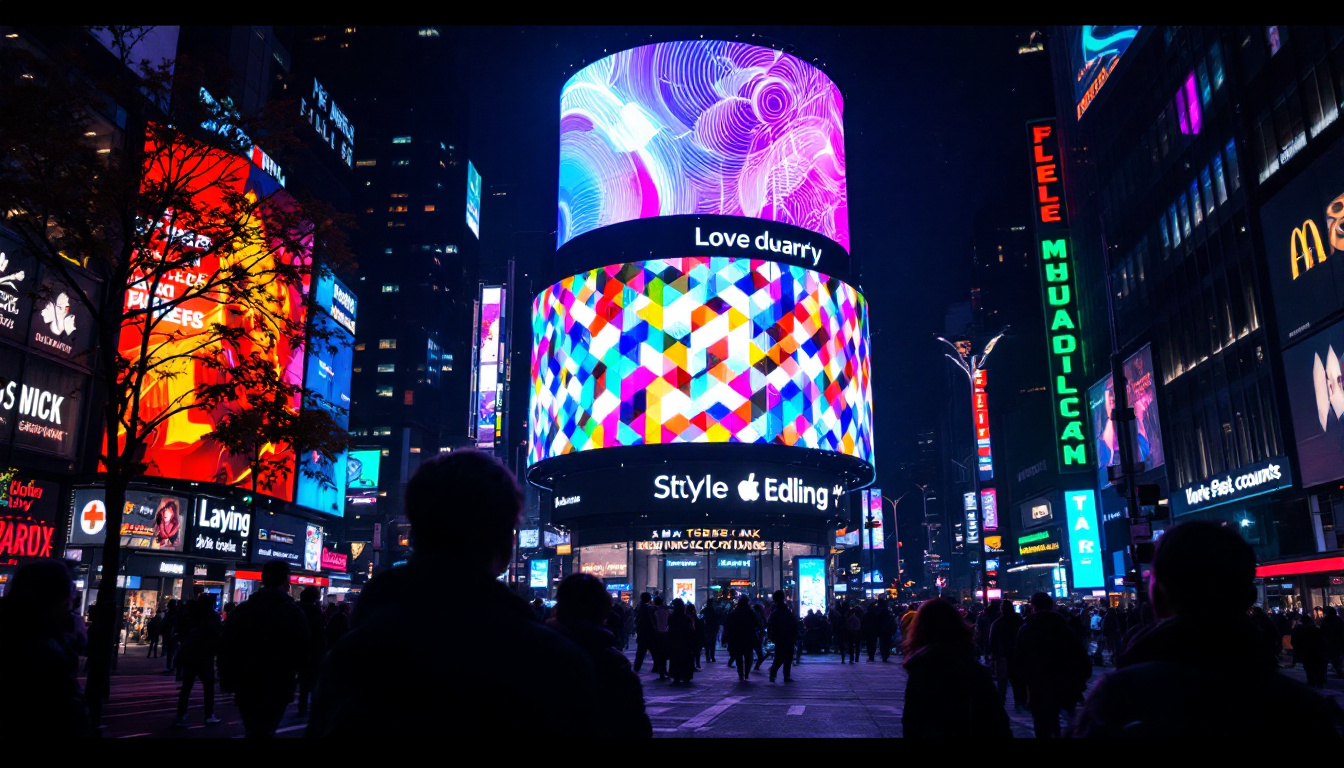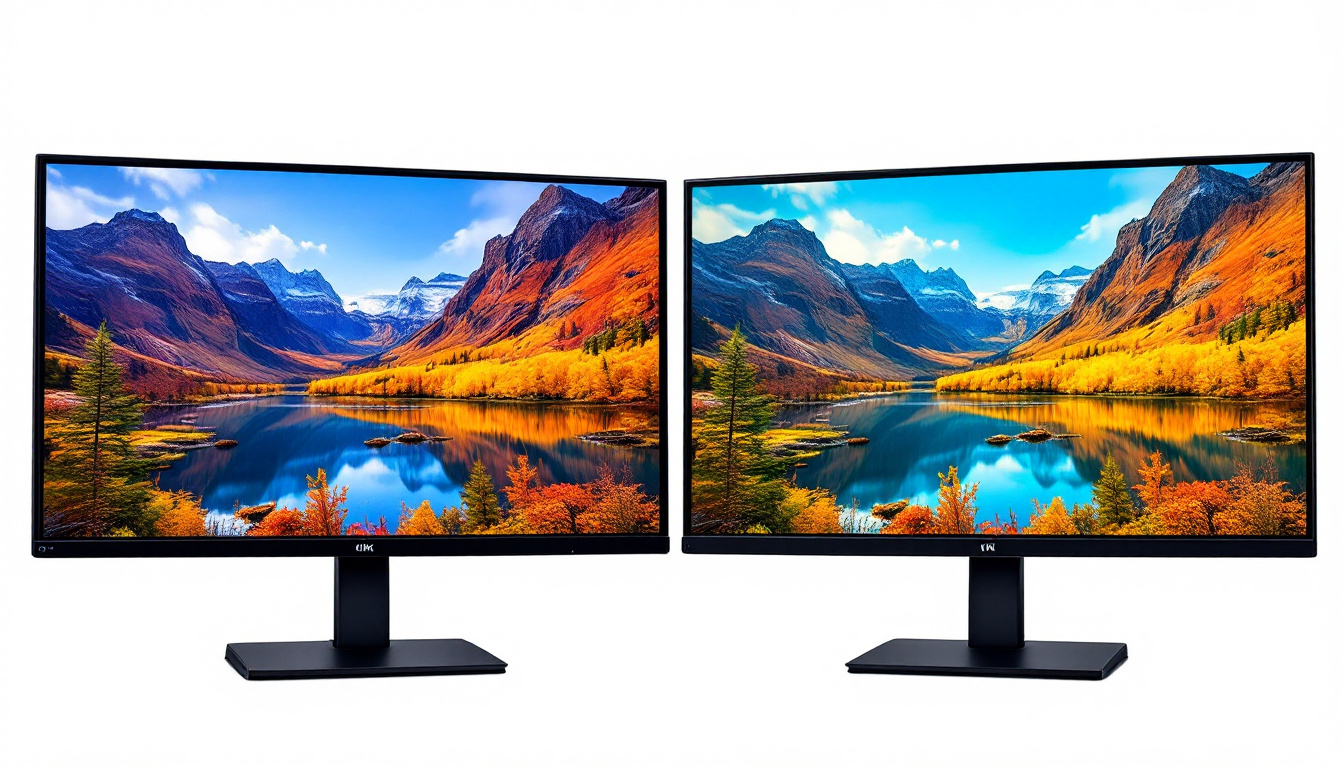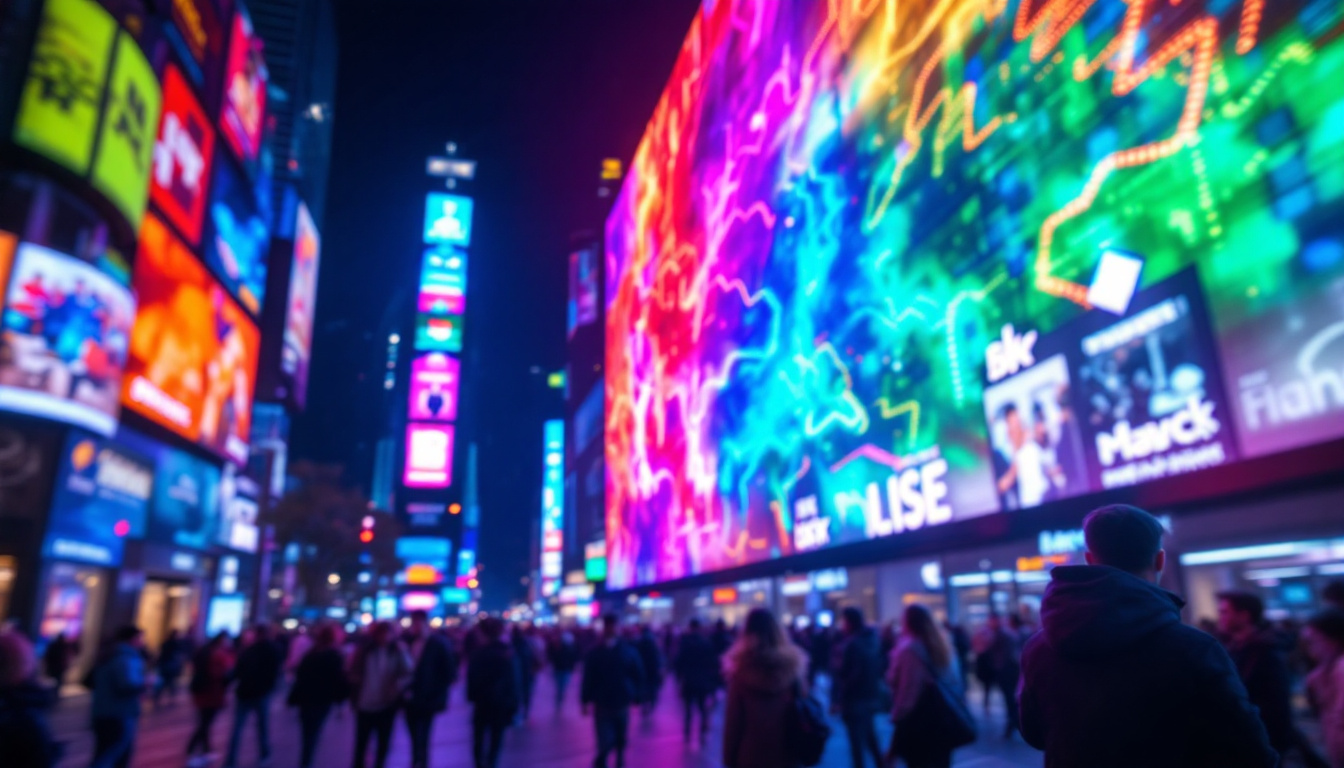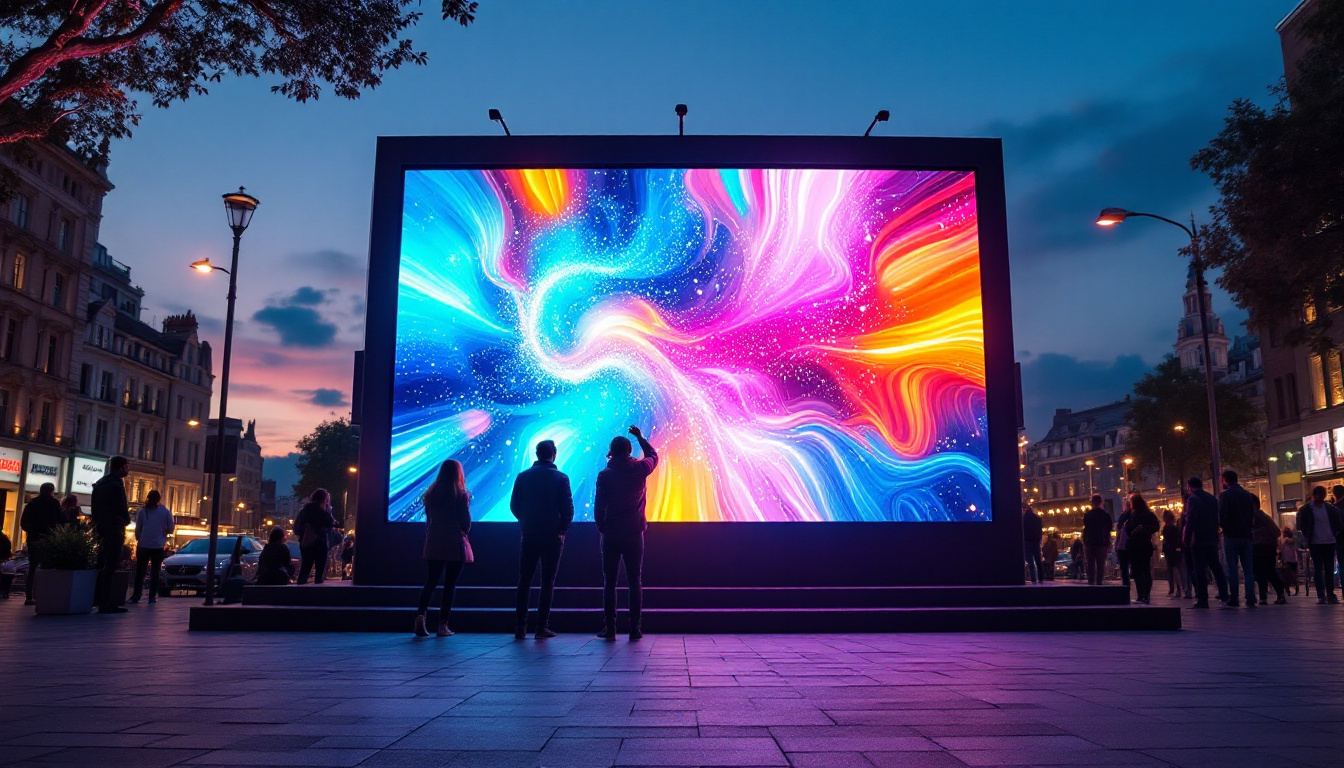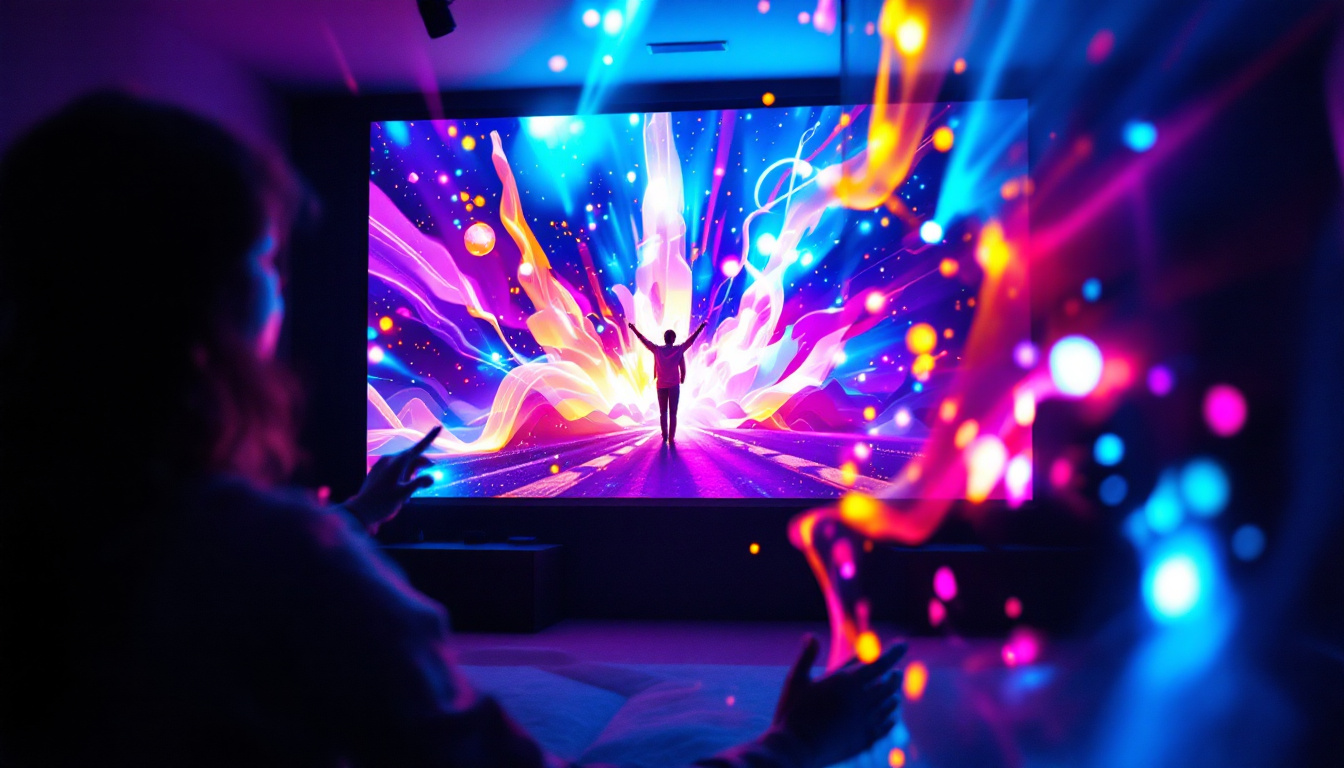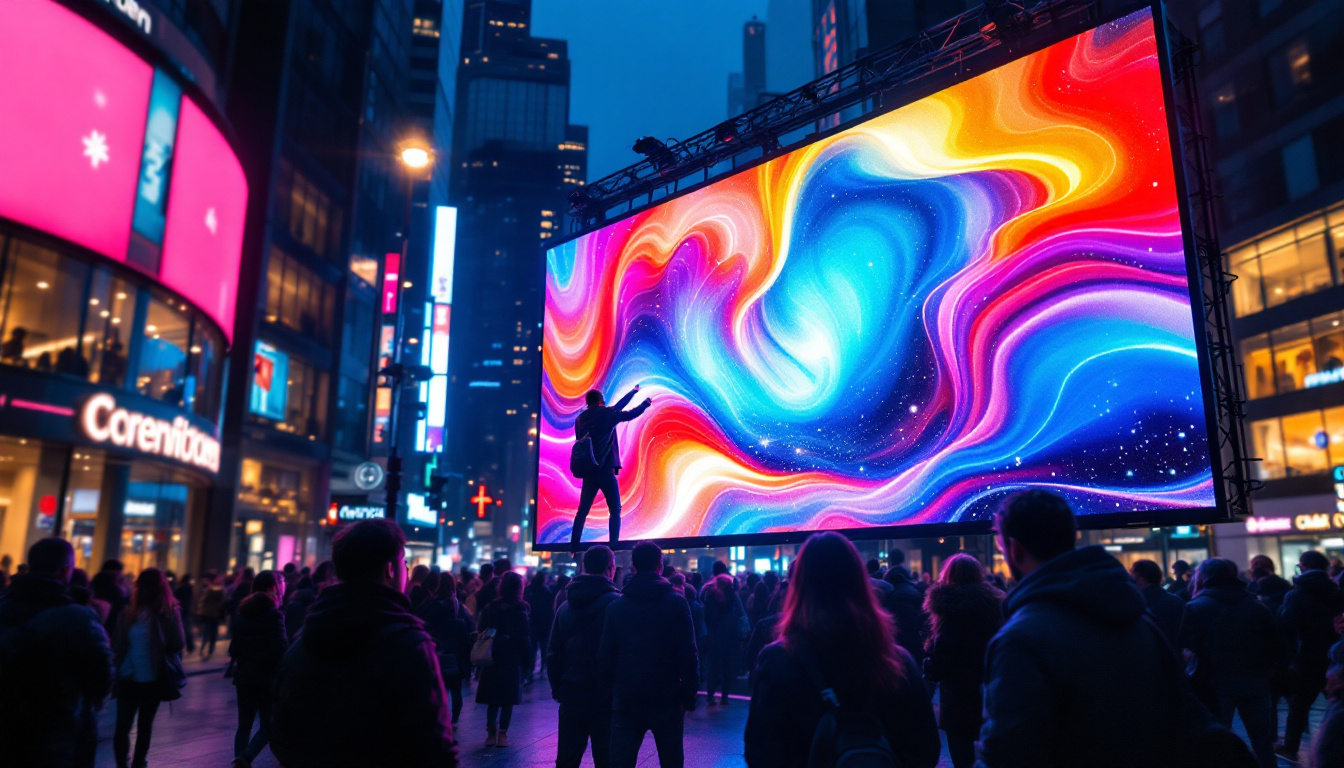In the ever-evolving landscape of advertising, outdoor advertising screens have emerged as a powerful tool for brands looking to capture attention in high-traffic areas. The LED display technology that powers these screens has revolutionized how businesses communicate their messages to the public. This article delves into the intricacies of outdoor advertising screens, exploring their technology, benefits, and best practices for effective use.
Understanding LED Technology
Light Emitting Diodes (LEDs) are semiconductor devices that emit light when an electric current passes through them. This technology has been adapted for various applications, including outdoor advertising screens, where brightness, energy efficiency, and durability are paramount. The evolution of LED technology has not only transformed the advertising landscape but has also led to significant advancements in other fields, such as automotive lighting, residential lighting, and even horticulture, where specific wavelengths of light can enhance plant growth.
How LED Displays Work
LED displays consist of numerous small light-emitting diodes arranged in a grid. Each pixel is made up of red, green, and blue (RGB) LEDs, which can be combined to create a wide spectrum of colors. When these pixels light up in different combinations, they produce images and videos that can be seen from great distances. The technology behind these displays allows for high refresh rates, which means that moving images appear smooth and fluid, making them suitable for dynamic content such as live sports broadcasts or concerts.
The brightness of LED displays is one of their standout features. Unlike traditional screens, LED displays can maintain visibility even in direct sunlight, making them ideal for outdoor use. Additionally, they consume less power than other display technologies, contributing to lower operational costs. This energy efficiency not only benefits advertisers but also helps reduce the overall carbon footprint associated with large-scale advertising campaigns, aligning with growing environmental concerns and sustainability efforts.
Types of Outdoor LED Displays
Outdoor LED displays come in various types, each designed for specific applications. The most common types include:
- Static LED Billboards: These displays show a single advertisement or image, often used for long-term campaigns. They are typically seen in high-traffic areas, providing consistent visibility to passing vehicles and pedestrians.
- Dynamic LED Billboards: Capable of displaying multiple advertisements in rotation, these screens are ideal for high-traffic areas where many viewers can see them. Their ability to change content frequently allows advertisers to target different demographics throughout the day.
- Video Walls: Composed of multiple LED panels, video walls can create large, immersive displays perfect for events or major advertising campaigns. These installations can be customized in size and shape, allowing for creative and engaging presentations that capture audience attention.
Furthermore, advancements in LED technology have led to the development of flexible LED displays, which can be bent and shaped to fit unconventional spaces. This innovation opens up new possibilities for creative advertising, allowing brands to design unique installations that stand out in a crowded marketplace. Additionally, some outdoor LED displays now come equipped with smart technology, enabling real-time content updates based on factors such as weather conditions or audience engagement, thereby enhancing the effectiveness of advertising strategies.
Benefits of Outdoor LED Advertising Screens
Outdoor LED advertising screens offer numerous advantages that make them an attractive option for marketers. Their ability to capture attention and convey messages effectively has made them a staple in the advertising industry.
High Visibility and Engagement
One of the primary benefits of outdoor LED displays is their high visibility. The bright, vibrant colors and dynamic content attract attention, even in busy environments. This engagement is crucial for brands looking to stand out in a crowded marketplace.
Moreover, the ability to display moving images and videos enhances viewer engagement. Studies have shown that dynamic content can increase recall rates significantly compared to static advertisements, making LED displays a powerful tool for brand messaging. The integration of eye-catching animations and interactive elements can further elevate the viewer’s experience, creating a memorable impression that resonates long after they’ve seen the ad.
In addition to their visual appeal, outdoor LED screens can also incorporate sound, creating a multi-sensory experience that captivates passersby. This feature allows marketers to convey their messages more effectively, as sound can evoke emotions and reinforce the visual content, making the advertisement even more impactful.
Cost-Effectiveness
While the initial investment in outdoor LED displays may be higher than traditional advertising methods, the long-term cost-effectiveness cannot be overlooked. LED technology is energy-efficient, resulting in lower electricity bills compared to neon or incandescent lights.
Additionally, the durability of LED screens means they require less frequent replacements and maintenance. This longevity translates to reduced operational costs over time, making them a smart investment for businesses. The ability to run multiple campaigns on a single screen also enhances cost efficiency, as advertisers can rotate different messages without the need for multiple physical installations.
Moreover, the rapid advancements in LED technology have led to decreasing prices over the years, making these displays more accessible to a wider range of businesses. As a result, even small and medium-sized enterprises can leverage the power of outdoor LED advertising to enhance their visibility and reach their target audiences effectively.
Flexibility and Real-Time Updates
Outdoor LED displays offer unparalleled flexibility in content management. Advertisers can update their messages in real-time, allowing for timely promotions, event announcements, or even emergency notifications. This adaptability is particularly beneficial for businesses that need to respond quickly to market changes or consumer trends.
Furthermore, the ability to schedule content allows for targeted advertising. Brands can tailor their messages based on the time of day or specific events, maximizing their reach and impact. For instance, a restaurant might promote breakfast specials in the morning and dinner deals in the evening, effectively catering to different customer needs throughout the day.
In addition to scheduling, outdoor LED screens can also integrate data-driven advertising strategies. By utilizing analytics and audience measurement tools, businesses can refine their content to better align with viewer demographics and preferences, ensuring that their messages resonate with the right audience at the right time. This level of customization not only enhances the effectiveness of the advertising but also fosters a deeper connection between brands and consumers.
Best Practices for Outdoor LED Advertising
To fully leverage the potential of outdoor LED displays, brands must adhere to certain best practices. These guidelines ensure that advertisements are not only eye-catching but also effective in delivering the intended message.
Content Design and Clarity
When designing content for outdoor LED displays, clarity is paramount. Advertisements should feature bold, legible fonts and high-contrast colors to ensure readability from a distance. A cluttered design can confuse viewers, diminishing the effectiveness of the message.
Additionally, keeping the message concise is essential. Viewers typically have only a few seconds to absorb the information, so focusing on key points and a strong call to action can significantly enhance engagement.
Location and Placement
The placement of outdoor LED displays plays a crucial role in their effectiveness. High-traffic areas such as busy intersections, shopping districts, and public transport hubs are ideal locations for maximum exposure. Understanding the target audience and their habits can help in selecting the best placement for the display.
Moreover, considering the viewing angles and distances is essential. A display that is too high or angled incorrectly may not be seen by passing pedestrians or drivers, negating its potential impact.
Compliance and Regulations
Before deploying outdoor LED advertising screens, it is vital to understand and comply with local regulations governing outdoor advertising. These regulations may include restrictions on brightness levels, content guidelines, and placement permissions. Failure to adhere to these regulations can result in fines or the removal of the display.
Conducting thorough research and obtaining the necessary permits can save businesses from potential legal issues and ensure a smooth advertising experience.
Future Trends in Outdoor LED Advertising
The landscape of outdoor advertising is continuously evolving, driven by technological advancements and changing consumer behaviors. Several trends are emerging that will shape the future of outdoor LED advertising screens.
Integration with Smart Technology
As cities become smarter, the integration of outdoor LED displays with smart technology is becoming increasingly common. This integration allows for real-time data collection, enabling advertisers to tailor their messages based on audience demographics, weather conditions, and even traffic patterns.
For instance, a display could show different advertisements based on the time of day or the current weather, enhancing relevance and engagement. Such capabilities can significantly improve the effectiveness of advertising campaigns.
Interactive Displays
Interactive outdoor LED displays are another trend gaining traction. These screens allow viewers to engage directly with the content, whether through touch, motion sensors, or mobile connectivity. Interactive experiences can create memorable interactions, encouraging consumers to engage with brands on a deeper level.
For example, a display could allow users to vote on their favorite products or participate in a social media campaign, fostering a sense of community and brand loyalty.
Sustainability Initiatives
As environmental concerns become more pressing, the advertising industry is increasingly focusing on sustainability. Outdoor LED displays are being designed with eco-friendly materials and energy-efficient technologies, aligning with the growing demand for sustainable practices.
Brands that prioritize sustainability in their advertising efforts can enhance their reputation and resonate with environmentally conscious consumers, making it a win-win situation for both the business and the planet.
Conclusion
Outdoor advertising screens powered by LED technology represent a significant advancement in the advertising landscape. Their high visibility, cost-effectiveness, and flexibility make them an invaluable tool for brands seeking to engage consumers in dynamic ways. By adhering to best practices and staying ahead of emerging trends, businesses can maximize the impact of their outdoor advertising efforts.
As technology continues to evolve, the potential for outdoor LED displays will only grow, making them an essential component of any comprehensive advertising strategy. Embracing this technology now can position brands for success in the ever-competitive marketplace.
Illuminate Your Brand with LumenMatrix
Ready to elevate your advertising strategy with high-impact visuals? LumenMatrix is at the forefront of LED display innovation, offering a wide array of solutions tailored to your needs. From vibrant outdoor LED walls that captivate passersby to versatile indoor displays that transform any space, our technology is designed to make your brand shine. Discover how our Indoor and Outdoor LED Wall Displays, Vehicle LED Displays, and more can create unforgettable experiences for your audience. Check out LumenMatrix LED Display Solutions and join the revolution in visual communication today.

